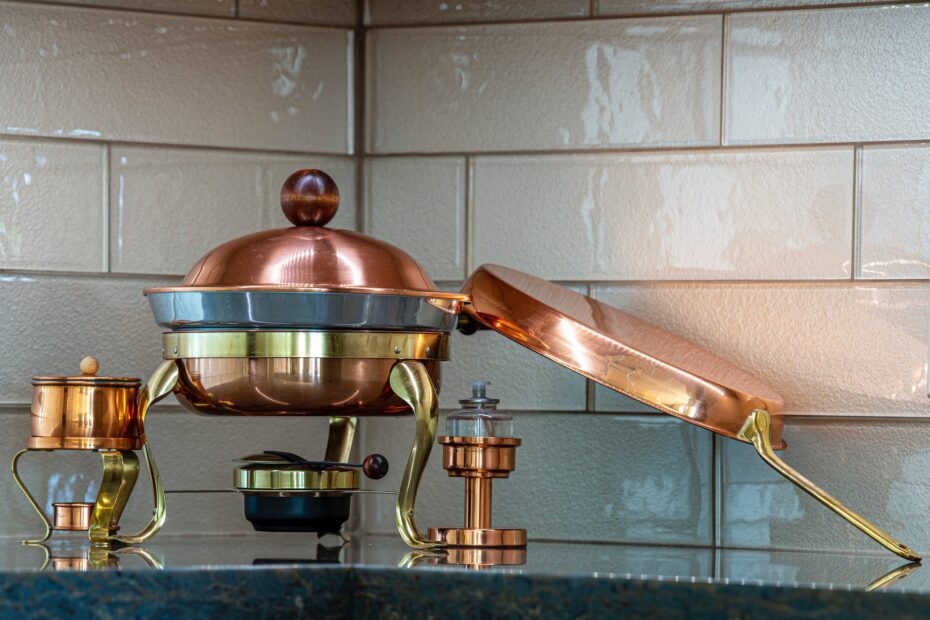Are you tired of dealing with the discomfort and irritation of groin chafing? Look no further! As an expert dermatologist, I am here to reveal the secrets to soothe and prevent this pesky problem once and for all.
Groin chafing is a common issue that occurs when the skin in the groin area rubs against itself or clothing, leading to friction and irritation. It can cause redness, itching, and even painful blisters. But fear not, there are steps you can take to banish groin chafing from your life.
First and foremost, it’s important to keep the affected area clean and dry. Moisture can exacerbate chafing, so make sure to pat the area dry after showering or exercising. Wearing loose-fitting, breathable clothing can also help minimize friction and allow the skin to breathe.
Additionally, applying a barrier cream or powder to the groin area can provide a protective layer and reduce friction. Look for products that contain ingredients like zinc oxide or talc, as they can help soothe and heal irritated skin.
Remember, prevention is key! Avoid activities or clothing that may cause excessive sweating or rubbing in the groin area. And if you do experience chafing, don’t wait to address it. Seek medical advice and follow these tips to find relief and prevent future occurrences.
By following these expert tips and advice, you can say goodbye to groin chafing and hello to comfort and confidence. Take control of your skin health and enjoy a chafe-free life!
Understanding Groin Chafing
Understanding Groin Chafing
Groin chafing is a common and uncomfortable condition that can affect anyone, regardless of age or gender. It occurs when the skin in the groin area rubs against itself or clothing, causing irritation and inflammation. This friction can be caused by various factors, including excessive moisture, tight clothing, and repetitive movements.
The symptoms of groin chafing may include redness, itching, burning sensation, and even the formation of blisters or sores. If left untreated, the condition can worsen and lead to more severe discomfort and pain. It is crucial to address groin chafing promptly to prevent further complications and improve overall comfort.
There are several risk factors that can increase the likelihood of experiencing groin chafing. These include obesity, excessive sweating, certain medical conditions, and participating in activities that involve repetitive movements or prolonged periods of sitting or walking. By understanding the causes, symptoms, and risk factors of groin chafing, you can take proactive measures to prevent and treat this irritating condition.
Preventing Groin Chafing
Preventing groin chafing is essential for maintaining comfort and preventing irritation. By following a few practical tips and adopting preventive measures, you can effectively avoid this uncomfortable condition. Here are some strategies to keep in mind:
- Proper hygiene: Maintaining good hygiene in the groin area is crucial. Make sure to clean the area thoroughly and dry it completely after bathing or sweating. This helps to reduce moisture and prevent friction.
- Clothing choices: Opt for loose-fitting, breathable clothing made from moisture-wicking fabrics. Avoid tight underwear or pants that can create friction and trap moisture.
- Skincare routines: Apply a talcum powder or anti-chafing cream to the groin area before engaging in activities that may cause friction. These products help to reduce friction and keep the skin dry.
Remember, prevention is key when it comes to groin chafing. By implementing these practical tips and preventive measures, you can significantly reduce the risk of experiencing discomfort and irritation in the groin area. Don’t let chafing hold you back from enjoying your daily activities!
Frequently Asked Questions
- What is groin chafing?
Groin chafing, also known as chafing dermatitis, is a common condition characterized by skin irritation and inflammation in the groin area. It is often caused by friction between the skin and clothing, excessive sweating, or prolonged exposure to moisture.
- What are the symptoms of groin chafing?
The symptoms of groin chafing may include redness, itching, burning sensation, soreness, and the formation of small, painful bumps or blisters. In severe cases, the skin may become cracked, raw, or develop a rash.
- How can I prevent groin chafing?
To prevent groin chafing, it is important to keep the area clean and dry. Consider wearing moisture-wicking and breathable fabrics, such as cotton or moisture-wicking underwear. Applying a thin layer of petroleum jelly or anti-chafing cream to the affected area can also help reduce friction.
- Are there any risk factors for groin chafing?
Some common risk factors for groin chafing include obesity, excessive sweating, tight clothing, and activities that involve repetitive movements or prolonged friction in the groin area, such as running, cycling, or walking long distances.
- When should I seek medical attention for groin chafing?
If your symptoms worsen, persist for more than a few days, or if you develop signs of infection, such as increased pain, swelling, pus, or fever, it is advisable to consult a dermatologist or healthcare professional for proper evaluation and treatment.


Keith is originally from Truckton, Colorado. The 54-year-old cared for his overweight wife for many years. Keitch is also a freelance editor at antichafing.net and supports the team as a competent advisor. In his spare time Keith enjoys reading books, visiting his homeland and is a passionate product tester for well-known manufacturers.

